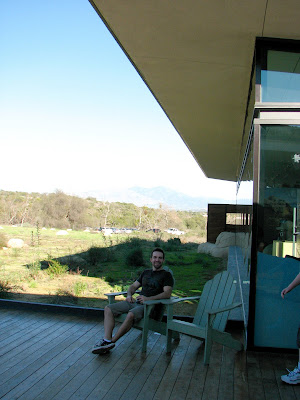Last week’s series of storms in Southern California broke records, brought massive amounts of rain, and stirred thoughts that the 3 year drought in California my soon be over.
Not so fast! These statistics may or may not signal a recovery for California:
- As of January 23rd, San Diego’s reservoirs were at 49% capacity, only a 2% increase since the start of the storm.
- Experts are hoping that this years strengthened El Niño will bring above average precipitation to recharge the reservoirs of California. Snow pack in the sierras, which delays run off until spring, must be at least 120% by the season’s end to relieve our drought condition. Currently they are at 109% their average for this time in the season.
- Year to date rainfalls totals for San Diego are 5.7 which is a little less than an inch (.90”) of rain over the average, 3.3” came from the last stome, which signals that this winter has been as dry as previous winters.
- El Niño causes wet springs, late in California’s rainy season, so we may be in for more wet weather!
Meteorologists will be able to assess whether we are still in a drought condition on April 1, so until then, Mandatory conservation of water is in effect. Here is a link detailing conservation efforts that everybody must follow:
http://www.sandiego.gov/water/conservation/drought/droughtlevels2.shtml
Finally, take a look at the south western portion of the United States in these maps. They show the drought severity index every week. Notice how our area has changed from yellow to green, showing a positive movement toward ending the drought.
Week ending January 14, 2010

Week Ending January 23, 2010

Sources:
http://www.signonsandiego.com/news/2010/jan/23/its-not-over-yet-rains-came-did-not-wash-away-drou/
http://www.signonsandiego.com/news/2010/jan/27/countys-reservoirs-are-49-full-after-rains/
http://www.signonsandiego.com/weblogs/weather-watch/2010/jan/23/final-tally/
http://www.nctimes.com/business/article_16c3a116-c908-51b5-97b5-bc6cf0565498.html?mode=story
http://www.pe.com/localnews/inland/stories/PE_News_Local_W_drought24.4593d4c.html







































